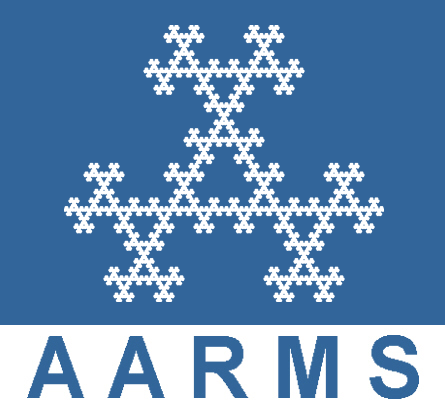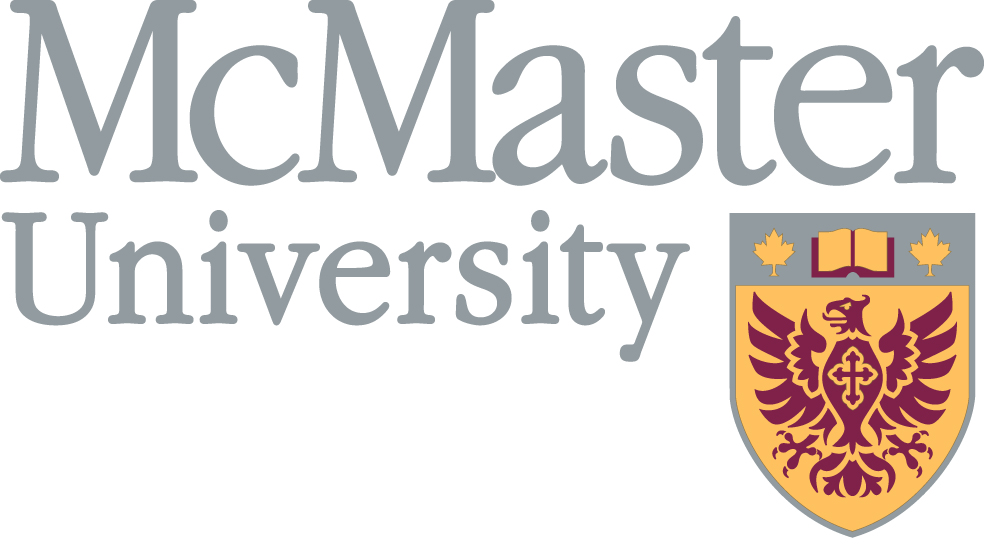Réunion d'hiver SMC 2016
Niagara Falls, 2 - 5 décembre 2016
- MARIYA BOYKO, University of Toronto
The changing image of mathematics in Soviet textbooks in the 1960’s and 1970’s [PDF]
-
At the end of the 1950’s the Soviet government led by Nikita Khrushchev conducted a reform of education in order to bridge the gap that then existed between the school curriculum and the practical needs of the state. Although prominent mathematicians and educators (led by distinguished mathematician Prof. Andrei Kolmogorov) were involved in re-writing the mathematics curriculum, the reform was deemed ineffective by the end of the 1970’s. Counter-reformers criticized the emphasis on topics which required a high level of mathematical maturity – such as set theory and a deductive logical approach. They maintained that the failure of the reforms was a result of the reformers’ misunderstanding of the requirements of the government and miscommunication with school teachers. However, the reformers themselves held that they had acted in consultation with school teachers and considered their opinions and needs.
The reformers were strongly influenced by changes in research mathematics rather than by the changes in teaching methodologies that the community of educators were calling for. While the latter were primarily interested in practical applications of mathematics, the cohesiveness of the curriculum and the consistency of teaching methods, the reformers focused on modifying the existing curriculum in accordance with the new standards of rigor and abstraction dictated by professional trends in modern mathematics. The image of mathematics was changing and the reformers were attempting to reflect this change in education. We will use excerpts and problems from the Soviet textbooks written in the 1950’s to the 1970’s to illustrate this change.
- GWENNAËL BRICTEUX, Université de Montréal
What is a Diagram? Views from Category Theory and Logic [PDF]
-
We examine the rôle of diagrams in sequent calculus and their correspondence to the categorical notion of diagram in limits and colimits. In Peirce's theory of signs, the diagram is a type of sign which represents the internal relations of its object, more specifically, as an icon that relates indices of the object's constituents. This grammatical element is made explicit in the notation of the sequent calculus, where it is closely linked to deductive inference. We consider in particular how the characterization of the diagram determines different modes of inference, and thus different kinds of logic (classical, intuitionistic, linear, etc.), each with its own set of inference rules. A correspondence is then made with the cognate notion of diagram in category theory (as presented by Awodey, Leinster), where the limit structure, dualized into the colimit, is said to bear on the diagram of an index category. We consider what the characterization of the diagram might amount to in a categorical perspective. To that end, we introduce the generalization of the diagram into a category of diagrams, i.e. a category of set-valued functors.
- CRAIG FRASER, University of Toronto
Mathematics in Library Subject Classification Systems [PDF]
-
Insofar as library science is concerned, modern classification of mathematical subjects occurred within the larger framework of library classification, a vast project of sustained attention in the period from 1870 to 1920. The two American giants in library work in the formative period of classification were Melvil Dewey and Charles Cutter. In 1876 Dewey published the famous Dewey decimal system of classification, while Cutter’s expansive system of 1885 would provide the basis for the Library of Congress system. The latter was established in 1905, the work of James Hanson and Charles Martel, both European immigrants to the United States. The work of the library cataloguers was carried out against the background of a broad nineteenth-century interest in the classification of knowledge. We examine how mathematical subjects were classified, from the most general level down to the level of particular subject areas in analysis. The focus is on the Library of Congress classification system in its various forms from 1905 to the present.
- SYLVIA NICKERSON, York University
- ALLAN OLLEY, Independent Scholar
Celestial Mechanics as Applied Mathematics [PDF]
- ALLAN OLLEY, Independent Scholar
-
Celestial Mechanics, the study of the motion of heavenly bodies (the Sun, Moon and planets), is perhaps the oldest exact science and has long been subject to large demands of precision and involved intricate calculations. In turn celestial mechanics has been the starting point of important developments in mathematics, such as Poincaré's studies on quasi-periodic orbits, which demonstrated the complex unpredictability of physical systems. In trying to arrive at a more accurate Lunar theory in the 1960s and 70s astronomer Wallace Eckert argued that his new solution (set of equations) for the Moon's orbit would test the limits of the convergence of series. Charles Delauney's wholly algebraic solution for the motion of the Moon served as a test bed for computer algebra systems in the 1970s. In this talk I will discuss this relationship between celestial mechanics and mathematics; how the careful tracking of empirical terms in celestial mechanics has implications for the conceptual realm of mathematics.
- MARGARET STAWISKA-FRIEDLAND, Mathematical Reviews, Ann Arbor, MI, USA
Tadeusz Wa\.zewski' s early works in topology [PDF]
-
In 1947, Tadeusz Wa\.zewski, a Polish mathematician, proved his Retract Principle, a profound application of topology to
ordinary differential equations. It was subsequently generalized by many authors and gave rise to the theory of Conley
index. In this talk we will discuss Wa\.zewski's Retract Principle and his earlier topological works which set a course for this important
result. We will also provide information about Wa\.zewski's life and present some unpublished documents. This is joint work with Stanis\l aw Domoradzki (University of Rzesz\'ow, Poland).





